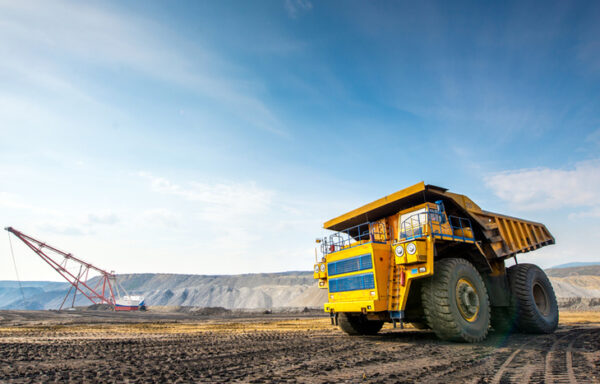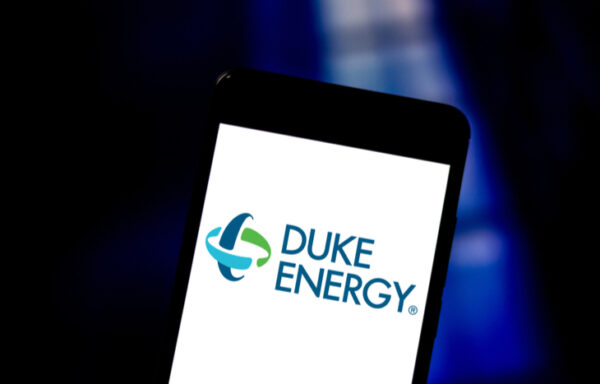Pennsylvania Pipeline Companies Seeing Economic Boom
My home state of Pennsylvania has always been a big energy producer.
Its anthracite coal mines have been supplying the world with coal for more than a century. And the first oil well was drilled here in 1859. Pennsylvania soon became the top oil-producing state in the country.
Today, Pennsylvania is the No. 2 natural gas producer in the U.S. Its wells produce 18.7 billion cubic feet per day (Bcf/d) of the stuff – which adds up to 580.1 Bcf per month…

The U.S. Energy Information Administration projects Pennsylvania’s natural gas production will grow between 1% and 2% per year for decades.
That means it will soon overtake Texas as the No. 1 natural gas producer.
It’s all thanks to the Marcellus and Utica shale formations. The Marcellus lies on top of the Utica, another gas-rich shale formation.
The Marcellus covers 60% of Pennsylvania. And it’s also underneath parts of Maryland, New York, Ohio and West Virginia.
The Marcellus alone contains proven reserves of 125 trillion cubic feet (Tcf) – the largest of any natural gas formation in the U.S. Plus, its total technically recoverable gas is 679 Tcf.
All of this natural gas is responsible for an economic boom in Pennsylvania.
Over the next decade, the state could see $60 billion in GDP growth. And that growth could create 100,000 new jobs.
Where’s All the Gas Going?
Pennsylvania uses roughly 6.6 Bcf/d. That’s about one-third of its current production.
The rest of the gas must be exported to other states. And therein lies the issue.
There aren’t enough interstate natural gas transmission pipelines to handle the constantly increasing supply. And that’s led to a boom in pipeline construction.
There are eight new pipeline projects starting up in the Northeast this year. Collectively, they will move nearly 16.8 Bcf/d of natural gas by connecting with existing natural gas transmission lines.
For income-oriented investors, pipelines can mean money in the bank. Some pipeline operators deliver annual yields in the high single digits to low double digits.
A few of them are organized as master limited partnerships (MLPs). Though many are not.
Because of changes in U.S. tax laws, many MLPs are transforming themselves into corporations. Take Antero Midstream Corp. (NYSE: AM), for example.
It expects a high single-digit rate of return through 2020. That’s certainly attractive to shareholders.
Its recently announced $300 million share buyback program should increase value even further. In July, it increased its second quarter 2019 dividend to $0.3025 per share.
Antero’s 17% rate will raise the eyebrows of any income-oriented investor. It’s much higher than the average pipeline operator yield of 6.7%.
I expect we’ll see Antero’s share price rise next year as well. It’s a great growth and income play in a sector that has seen subpar performance over the last several years.
[adzerk-get-ad zone="245143" size="4"]




